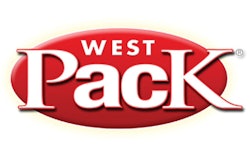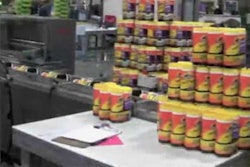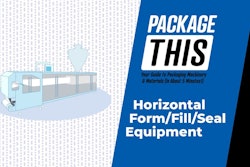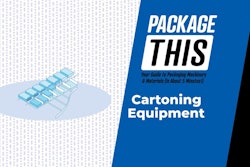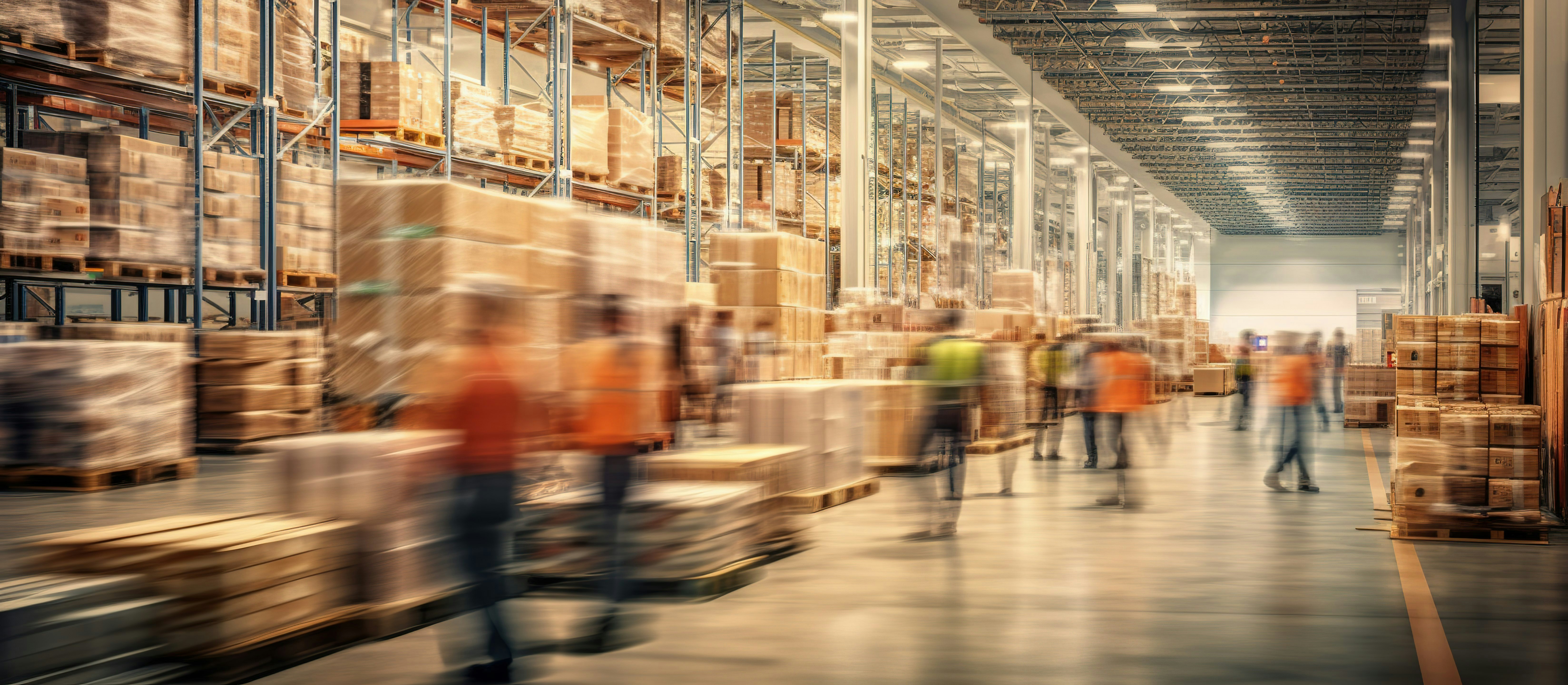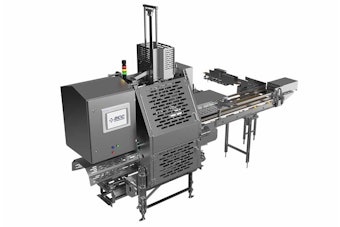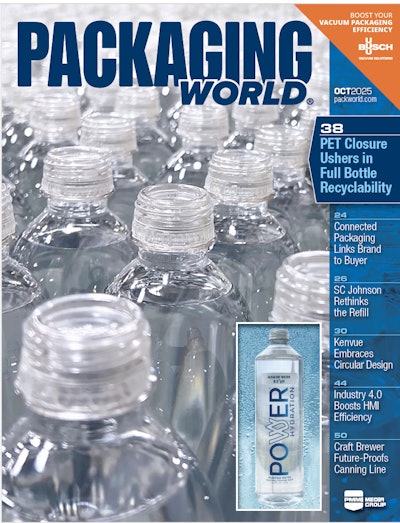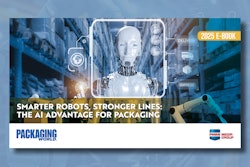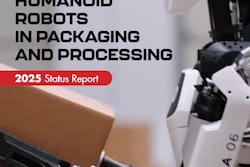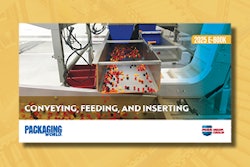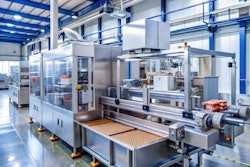Anyone who is involved in contract packaging services should note what’s taking shape at Walmart. The giant retailer is embarking on an ambitious plan to make its transportation and logistics spending even leaner by purchasing consumer products directly from product manufacturers rather than going through the traditional supply chain. In the process, Walmart is increasing supply chain efficiency while also benefiting the environment.
A recent posting from William Cassidy on joc.com explains that Walmart currently purchases less than 20% of its good directly from product manufacturers but wants to increase it to 80%.
One of the major benefits of this approach is that Walmart can assure that much more of the trailers that ship goods to its stores are fully loaded, thereby reducing what those in the contract packaging industry refer to as “touches,” as well as emissions. How? The merchandise goes straight from the manufacturer to Walmart’s distribution centers or stores, bypassing the back and forth in bringing a stop at a contract packager’s separate facility for pack-out into the equation.
With Walmart taking the sustainability lead in making its supply chain even leaner and greener, you can bet competitors will follow. On the product manufacturing side, a few pioneers already are going this route. Kraft Foods has removed 50,000 trucks from the highway since 2005 and eliminated tens of thousands of emissions. Through its “Network of the Future” program, Kimberly-Clark is working toward a goal of 45% of its products direct-loaded by its co-packers in its own facilities and shipped directly to retailers.
Kimberly-Clark has eliminated thousands of emissions and now reaches 87% of its customers with transit time of one day or less. Kimberly-Clark is an example of an emerging trend in contract packaging: The packers fill customers’ multipacks and assemble their retail-ready packaging displays right in the product manufacturer’s own distribution centers. So finished goods travel from their centers directly to the retailer.
Anyone involved in contract packaging should closely analyze this trend if they want their company to be competitive in 2010 and beyond.


